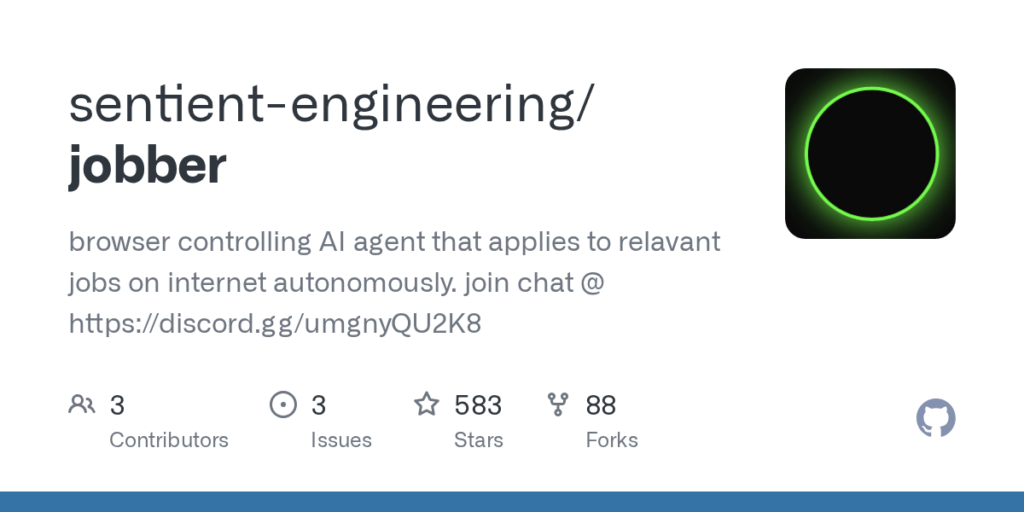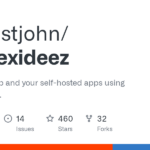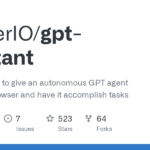jobber
Basic Information
This repository provides an AI agent named Jobber that autonomously searches for and applies to jobs on the internet by controlling a web browser. Users supply a resume and preference settings and the agent performs application tasks in the background. The project demonstrates two implementations: a simpler multi-agent conversation approach and a finite state machine (FSM) based implementation. It is built on the Sentient framework for web-controlling agents and includes instructions to run a local Chrome instance with remote debugging, configure OpenAI and Langsmith keys, and supply a user_preferences file pointing to a resume. The README includes a demo reference and citations to related research in web navigation agents.
Links
Stars
576
Github Repository
App Details
Features
Autonomous browser control to locate and submit job applications according to user preferences. Two implementation styles: a straightforward multi-agent planner/browser approach and a more scalable FSM-based agent. Setup guidance using Poetry, commands to launch Chrome with a remote debugging port, and environment configuration for OpenAI and Langsmith keys. User configuration via a user_preferences.txt file that specifies resume path and preferences. Run commands provided for each agent variant and test harnesses for evaluation. Notes about model compatibility: the FSM approach relies on structured outputs and may require specific models, while the simpler jobber can use cheaper or open models. Tracing via Langsmith is optional and can be disabled in code.
Use Cases
Jobber automates repetitive and time-consuming job search and application tasks, reducing manual effort by submitting applications on behalf of the user based on supplied resume and preferences. It enables background operation while the user focuses on other work and provides two alternative agent designs to balance simplicity and scalability. The FSM variant offers a more robust orchestration model for complex interactions while the simpler version allows compatibility with less expensive or open models. The repository includes setup steps, examples of sites to prepare (for instance LinkedIn and other job boards), a demo reference, and evaluation scripts to validate agent behavior, making it useful for both end users and developers experimenting with web navigation agents.








